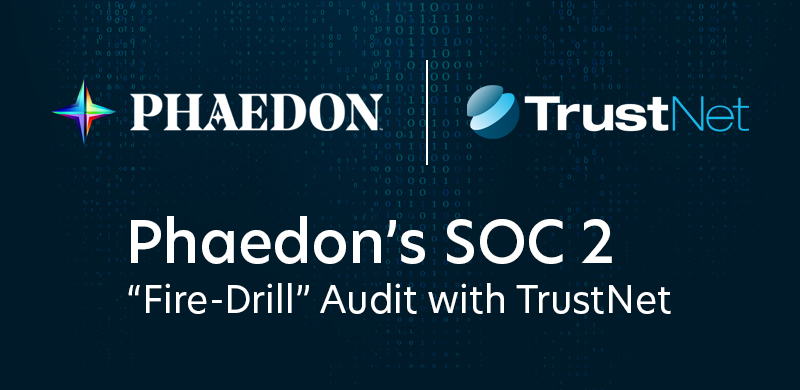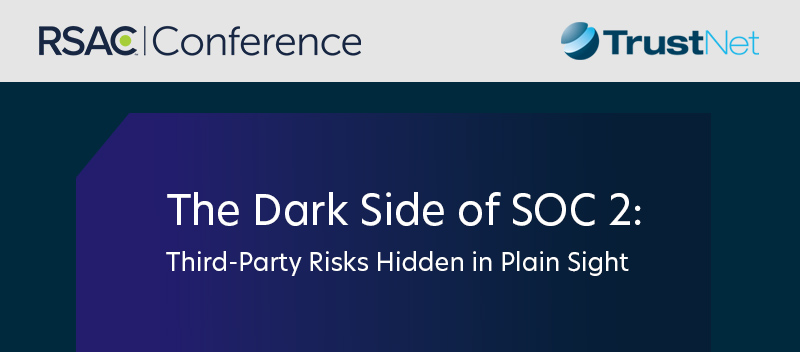
Companies like yours choose to store information in the cloud to enhance security, reduce costs and achieve organizational objectives. In spite of all these benefits, managing information in this way can make their data vulnerable to cloud security breaches that compromise the privacy and integrity of their systems and the information they contain.
We have all seen media reports that highlight the paralyzing effects of ransomware, malware, phishing schemes and other attack vectors. Whether you run a small office or are on the security team of one of the largest global corporations, these headlines need to be front and center on your priority list. Understanding the nature of a cloud security breach and how it can affect your technology will help you to prevent these attacks from happening to your business.
Cloud Security Breaches: Threats from Cloud Misconfigurations
Cloud providers use a specific range of network IP addresses when configuring their workloads, and hackers are very familiar with them. Consequently, they are constantly on the prowl, searching for openings in your cybersecurity armor that they can easily exploit. The news headlines are filled with top stories about recent cloud hacks that take advantage of public cloud storage vulnerabilities and misconfigurations.
For example, global telecommunications leader Verizon contracted with a company called Nice Systems for some of their cloud-based requirements. In a fatal configuration blunder, Nice Systems exposed sensitive customer data including addresses, PIN numbers and account details to attack. As it turned out, the mistake was the responsibility of an engineer who created a porous cloud-based system for storing this information.
The following are just some of the dangerous vulnerabilities that can result if a system is not set up correctly:
- Failure to log
- Unpatched systems
- Lack of access management and control that leaves a system vulnerable to intrusion
- Unsecure AWS S3 buckets that leave your site open to attack or download from outside bad actors
- Failure to properly manage permissions controls
- Failure to secure data storage elements
- Failure to implement auditing controls
- Failure to change credentials and configuration settings from their vendor defaults
- Failure to restrict access to ports and services.
When an enterprise contracts with third-party companies to manage their information or take on other tasks in the cloud hacked data can be the unfortunate result. In the worst case scenarios, companies can lose customers, pay exorbitant fines and suffer irreparable damage to their brands.
Who Bears The Responsibility
On one level, it is easy to blame human error or ignorance on the part of a customer company, its CIO or its cybersecurity team if a cloud security breach occurs. After all, many of the vulnerabilities can stem from mistakes or failures from insiders in the organization. However, the blame should be shifted to the third-party cloud services provider if the incident came from a cloud leak they did not plug or from one of their own contractors’ lapses.
Even though third-party providers are far from blameless when it comes to a cloud data breach, the reality is that the companies that hired them usually bear most of the responsibility as well as the negative financial, regulatory and reputational consequences of these events. With that in mind, you need to be accountable for the security of your own data by instituting a thorough threat management infrastructure. The same rigorous standards that you impose on your internal users should be expected of all third-party cloud service providers. To that end, it is wise to implement a centralized security management protocol that will enable you to customize access to and policies governing all computing, smartphone and internet devices as well as third-party vendors. At the same time, your threat and risk minimization strategy should not be so rigorous that it prevents those who need access to vital systems from being able to do their jobs.
Cloud security breaches stemming from insider error or service provider issues present one of the most significant challenges for today’s organizations. While even the most stringent security platform will not guarantee that your company will be forever safe from these threats, victims of the most egregious attacks can usually forensically trace the problems to preventable causes. Therefore, an ongoing management and analysis structure conducted by responsible professionals who are held accountable for their performance and practices will go a long way toward ensuring that you are not one of the next victims.




